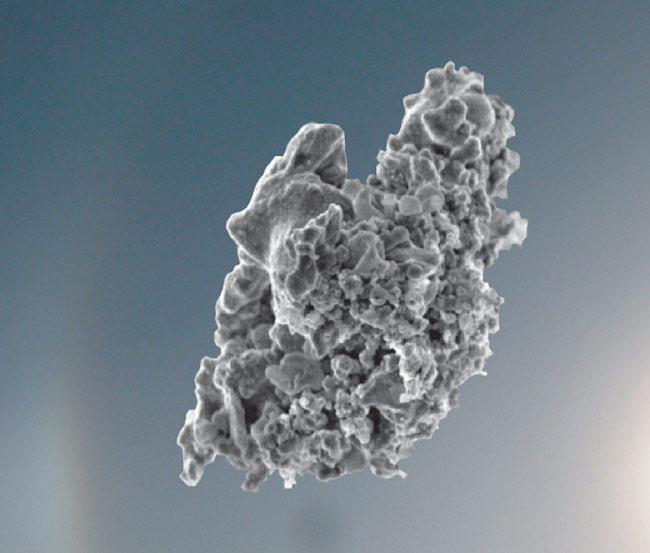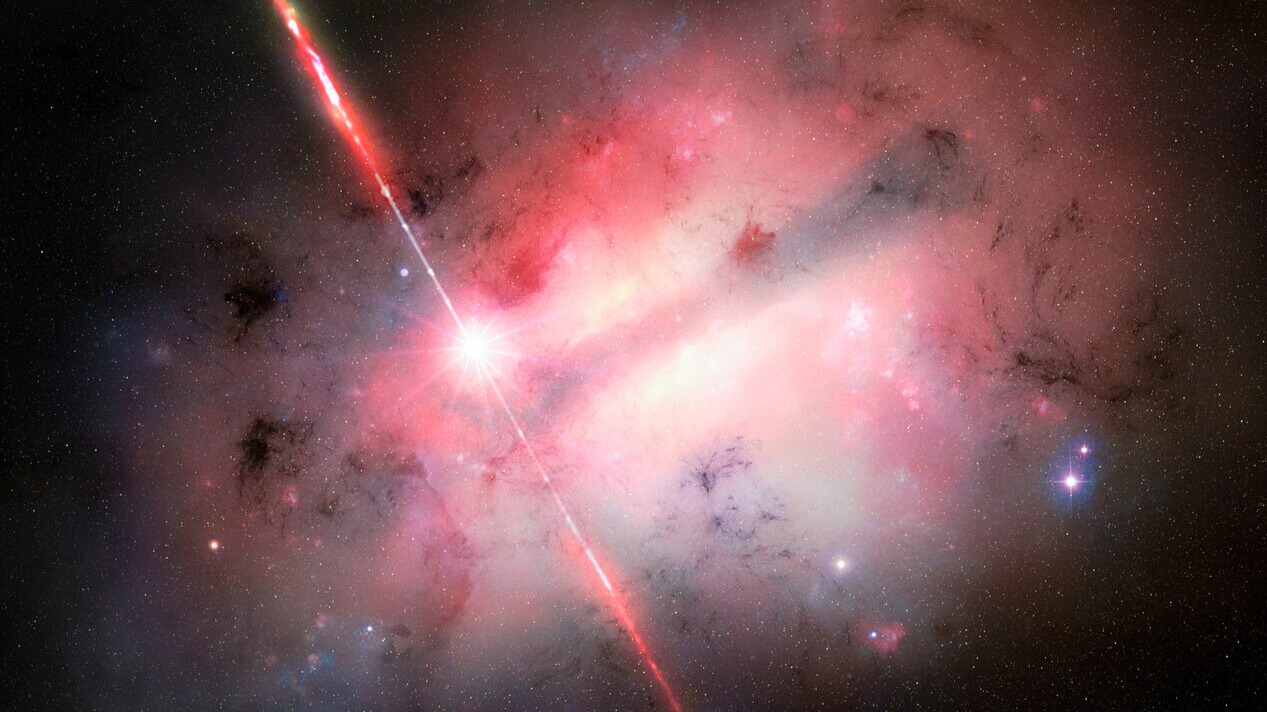Cosmic Dust Ruled Out in Ancient Global Warming

About 40,000 tons of space dust showers down on Earth each year. And it's been coming down at a steady rate for the past 30,000 years, according to a new study that suggests cosmic dust couldn't have helped end the last glacial period as some scientists have argued.
The researchers identified cosmic dust contained within an Antarctic ice core sample by measuring a form of helium that is rare on Earth. This allowed them to figure out how much and how frequently the cosmic dust came down in the last 30,000 years.
Somewhere around 120,000 years ago, temperatures started falling around the Earth and ice sheets crept downwards from the northern hemisphere. This cooling period ended around 11,000 years ago.
Some scientists argue that extraterrestrial dust particles helped end the cooling period by changing Earth's climate. One theory is that the dust helped form very high altitude clouds, which are believed to affect climate.
But the new finding suggests such ideas are unlikely, Winckler said.
"If this was true, you'd see huge changed in accreted dust," she told LiveScience. "Since we didn't see that, it argues against it."
The finding will be detailed in the July 27 issue of journal Science.
Get the world’s most fascinating discoveries delivered straight to your inbox.



